Sharing this data for research and AI development requires rigorous de-identification to ensure patient privacy — without compromising the ability to extract insights across time and modalities.
In this webinar, experts from John Snow Labs and Databricks will demonstrate an end-to-end solution for automating the de-identification and tokenization of medical data with regulatory-grade accuracy. You’ll learn how to:
This session is ideal for data scientists, clinical researchers, compliance teams, and healthcare IT leaders working with multimodal patient data who want to enable longitudinal, privacy-compliant research at scale.

Srikanth Kumar Rana
Solutions Architect
Databricks
Srikanth Kumar Rana is a seasoned Field Engineer at Databricks, bringing extensive experience in helping organizations unlock the full potential of data and AI. With a strong focus on empowering customers, Srikanth has consistently demonstrated expertise in complex deployments, driving adoption, and enabling businesses to achieve tangible outcomes on the Databricks Lakehouse platform.

Youssef Mellah, Ph.D.
Senior Data Scientist, Machine Learning Engineer
John Snow Labs
Youssef Mellah, Ph.D., is a Senior Data Scientist and Machine Learning Engineer at John Snow Labs, specialist with more than 8 years of experience in artificial intelligence, natural language processing, and deep learning. He specializes in building, training, and deploying regulatory-grade ML/DL models and large language models (LLMs) for healthcare and life sciences, including the de-identification and tokenization of multimodal medical data. Youssef has a strong track record designing scalable, privacy-preserving AI solutions that enable compliant research and analytics across structured and unstructured data. He is passionate about advancing NLP technology, leading multidisciplinary teams, and transforming cutting-edge research into practical, real-world applications.